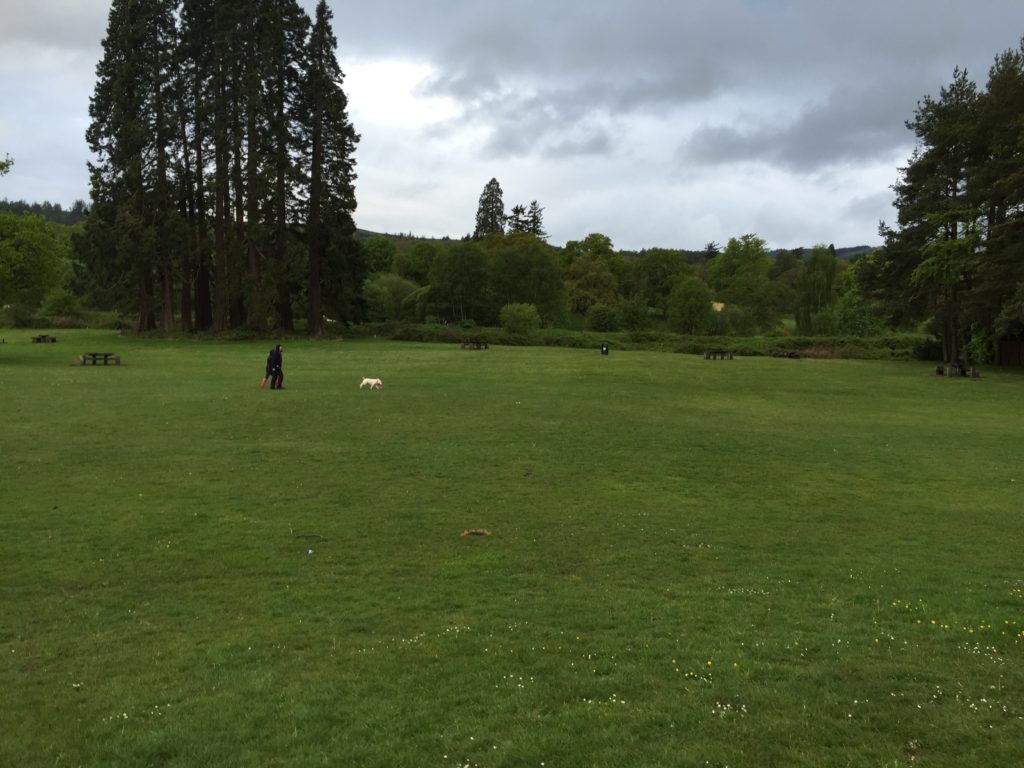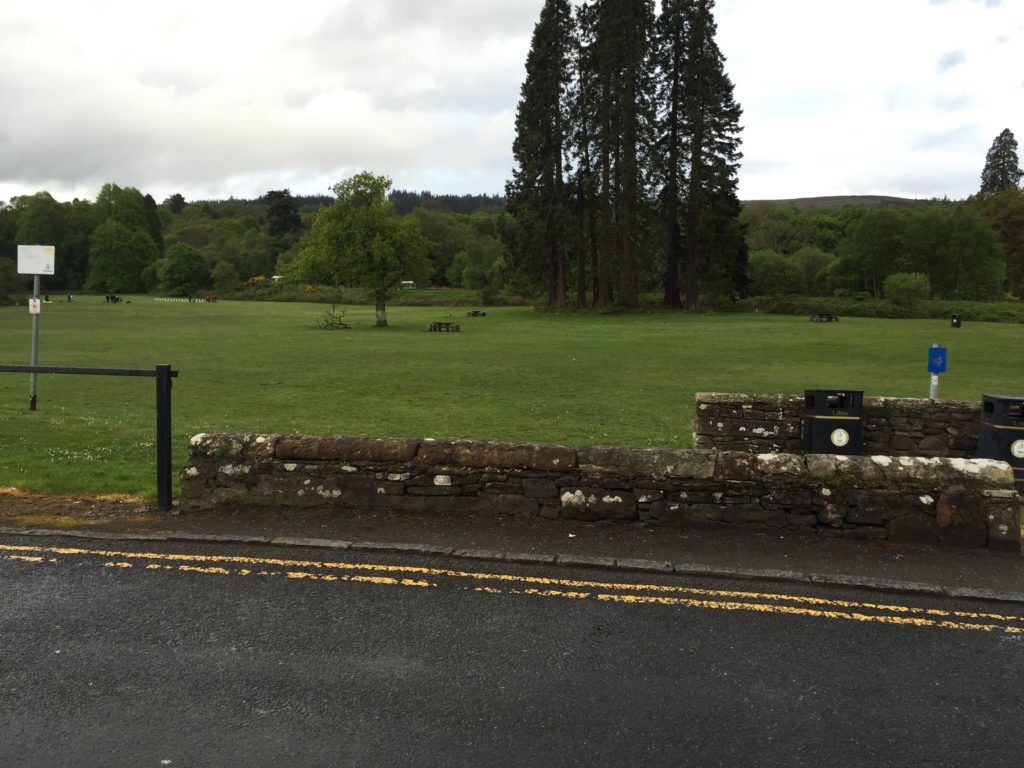Following my contribution concerning the condition of Duck Bay picnic area at 09.30 on Monday 16/05/2016. On returning to Argyll from Glasgow on the evening of Wednesday 18 May 2016 I looked at the area again. I was impressed, the bins were all empty and the overflowing garbage cleared up, the litter that had been scattered across the area meticulously removed.
The people who cleared the debris after the weekend deserve the thanks of both residents and visitors of the National Park.
Duck Bay is the first public space that is seen by visitors entering the National Park via the A82, and warrants special measures in respect of accommodating the needs of visitors and maintaining the appearance of the National Park.
Views of picnic area from Loch side road.



A concern remains that the facilities do not seem to accommodate concentrated use during good weather days and holidays while being sufficient for average or low use periods. It matters because for obvious reasons most people visit the National Park during holiday periods and good weather, and this may be their only visit. I believe it is important that all visitors at any time of year get the best impression of the National Park. While it is important to clear up after the egregious behaviours of visitors after a busy weekend it is equally important to ensure the facilities are sufficient to accommodate the requirements of people during periods of maximum pressure. In order to maintain the reputation of the National Park the facilities and performance of the custodians of the area needs to be exemplary when most visitors are present. If visitors experience a tawdry mess it is little compensation that it will all be cleared up after they leave.
Another concern is that provision is made to accommodate visitors using motor vehicles, wishing to picnic and use disposable barbecues, using bicycles and water craft all of whom contribute to the litter problem, some of whom leave more evidence of their visit than is acceptable. However, of all the recreational visitors to the National Park no similar effort seems to be made to accommodate the needs of those wishing to camp. While it is apparent that some campers leave an unacceptable mess at some locations, the impact of visitors who camp elsewhere does not seem any greater than that of other categories of visitors. The majority of camping probably goes unnoticed as the evidence assembled by the National Park Authority indicates that it is a relatively minor activity, even if egregious behaviour at particular locations is very obvious during holidays and good weather. Clearing up the concentrated debris of egregious road side campers does not seem to require any more resources than needed to restore Duck Bay to a fit state.
It seems incoherent that in the locations visited that will eventually fall within the Trossachs Camping Management Zone there do not seem to be any facilities that might mitigate the impacts of egregious camping behaviours or facilitate removal of garbage. The lack of bins and toilet facilities seems extraordinary, as it is not just people who stay in the National Park overnight who need to use a bin or toilet. At the age of 73, a lack of toilets is a cause of anxiety & discomfort. The ubiquitous toilet paper indicates that I am not alone.
The lack of facilities and the introduction of bye laws seems to be an expression of prejudice against campers, and while this may originate from perceptions about the impacts caused by some people who camp, this is no more than the impacts of other visitors. Wherever I go in Europe during good weather picnickers arrive, light fires, leave litter and generally trash the area in which I may be staying. The only place I have been where thousands of visitors leave no litter is Japan, where there seems to be a religious respect for the environment.
As has been observed in the contribution of Nick Kempe, I have adopted the practice wherever I go throughout Europe & further afield, and stop overnight of ‘obsessively’ picking up every bit of litter, partially to make the area acceptable to my myself, but also as a ‘payment’ to the Creator (or the outcomes of geological processes and natural selection) for the privilege of being able to visit and stay in a beautiful place. I am familiar with how much time and effort is required to keep an area pristine. (I have a collection of second hand tent pegs, camper mats, pans cutlery & guy line second to none).
The impacts of visitors, however egregious their behaviour, seems ephemeral compared with the far more gross and permanent impacts of residents & land managers within the National Park, and it seems irrational to introduce bye laws to regulate camping in areas that are already under considerable pressure from other categories of visitors for whom provision is made. If Duck Bay can be restored within a day, one would imagine the dozen or so locations that provided the evidence to support the introduction of Camping Management Zones can be provided with suitable facilities and maintained in a similar way.

so we continue not to llear